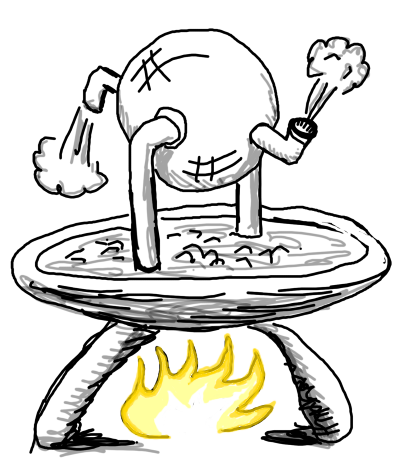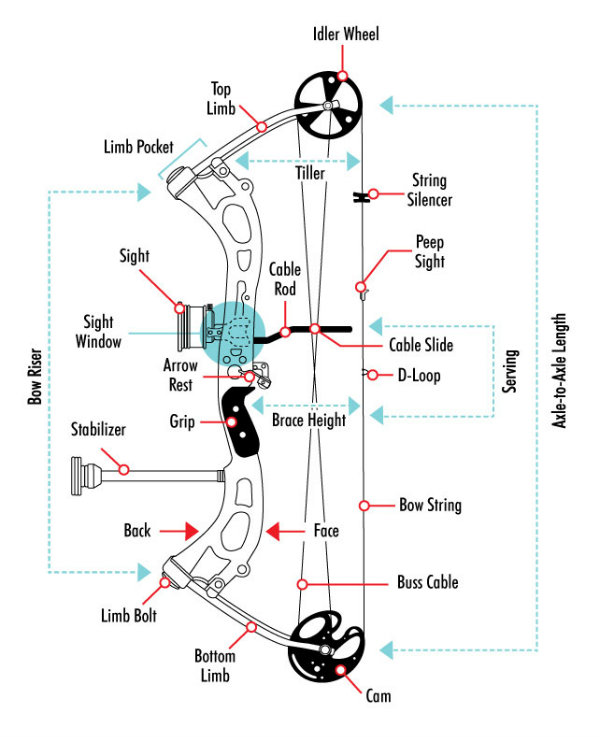Outbound Links
Compound Bow
Imagine you are sent back in time, to Western Europe during the "Middle Ages".
You might think:
with my modern knowledge, I will be able to invent marvelous things that make me the most rich, wise and powerful person around!
But what would you actually "invent"?
Most things that spring to mind could not be understood nor built from scratch by a single person.
We rely on so many underlying inventions (see Dependency Graph For Knowledge) and so much infrastructure; supply chains, modern manufacturing techniques, advances in material science, standardized components, mass production's economies of scale.
You can't start making a cool new iPhone app if there is no iPhone, no microchip, no electricity network, no running water, etc.
I used to think "steam power" could've been invented much earlier in history; the aeolipile was this incredible marvel, this "toy", invented by Heron ho Alexandreus demonstrated all the key principles, right there, ready for humans to build upon. But apparently the metal alloys at the time, let alone the lack of precision manufacturing, meant the energy yield of the aelophile was never anywhere near to being worthy of drawing the investment of the entrepreneurial class of Ancient Greece.

But I have it on good authority that the compound bow is one example of a thing that could have been invented a long time ago, but wasn't.
So if you learn a bit about compound bows, and how they work, you will be ready to become a famous inventor for the king, if you ever fall back in time!
Study this picture well:

Image from Lancaster Archery Supply
Unfortunately, at this point, the King will kill you to stop you sharing your knowledge with others.
So, make sure you also learn how to choose a fast horse and learn to ride it well.
If you go far enough back in time, the stirrup is another amazing invention that by some accounts caused the Middle Ages. So, giddy up, I guess.
I like to think that I could tune a lute, and or correctly place the frets to recreate the 12-note chromatic scale, and demonstrate from there the minor and major heptatonic and pentatonic modes, before going on to my real target: the invention of the blues. I don't think it would catch on though, the way I play it. Perhaps I would head to a cross roads at midnight, and show it to a kid named Robert J., see what he does with it.